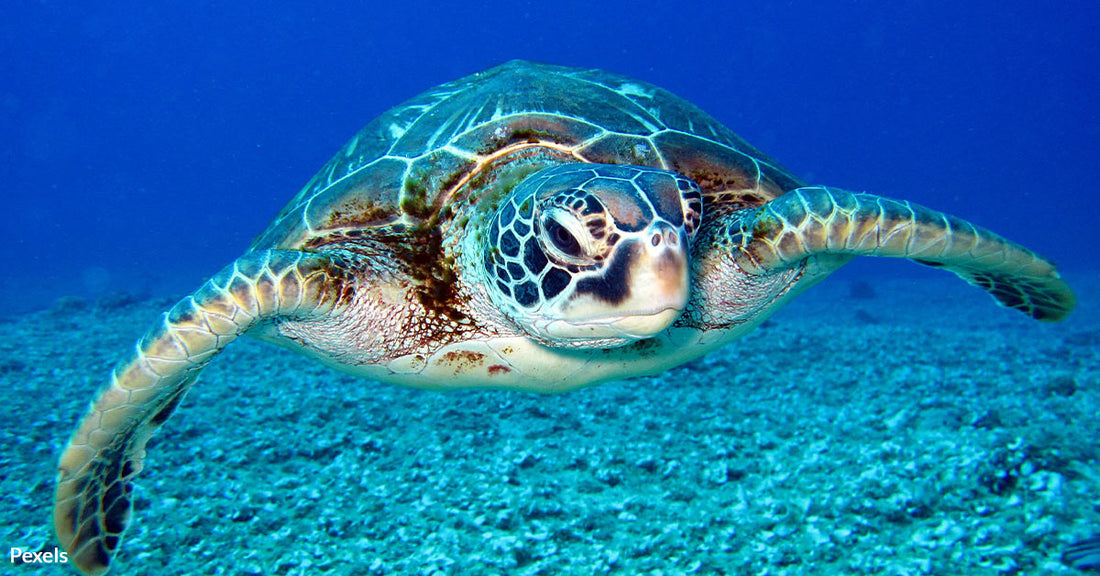Plastic Foam Chokes Our Oceans and Threatens Marine Life
Matthew Russell
Plastic foam has a hidden life. It often appears on beaches, in storm drains, and near fishing docks. It travels across oceans and washes up on remote shores.
Scientists point to vast amounts of polystyrene debris in marine habitats. They warn of danger to wildlife and public health. Officials and advocacy groups now push for national action.

Plastic foam floats in the ocean and never fully decomposes.
The Scope of the Pollution
Plastic foam represents a large share of marine plastic. Researchers discovered a sharp increase in plastic debris between 1997 and 2007 in the Pacific Gyre, Clean Water reports. On some coastlines, foam fragments outnumber other types of trash. It floats on the surface and breaks into tiny particles that sink. Fish, seabirds, and mammals ingest these particles.
“Plastic foam is a permanent polluter,” said Rep. Lloyd Doggett in a formal statement. “It doesn’t fully disintegrate,” he added.
Environmental advocates describe polystyrene as one of the most troublesome forms of plastic. It resists recyclability. It also shatters into microplastics that drift across entire oceans.

Countless seabirds, turtles, and fish swallow foam debris.
Health Risks and Legislative Steps
Senator Chris Van Hollen called single-use foam containers a serious threat.
“They end up contaminating our food supply. This pollution poses a growing danger to human and environmental health,” he said.
Legislators introduced the Farewell to Foam Act to prohibit sales and distribution of foam foodware and loose fill beginning January 2026. Ten states already ban foam food service products, according to the same source. Supporters of these measures point to cost savings in cleanup efforts and harm reduction for coastal communities.
Industry representatives and local stakeholders share concerns over polystyrene’s toll on tourism and fisheries.
Polystyrene foam (Styrofoam) comprises a large portion of marine debris, according to EPE. Its lightweight structure allows it to blow onto beaches in overwhelming amounts. Many municipalities pay high disposal fees to deal with it. They also face problems with unending fragments near waterways.

Experts warn that foam microplastics can enter human food chains.
Threat to Marine Life
Birds and sea turtles often mistake these bits for food, Pacific Beach Coalition reports. Polystyrene is brittle, so it scatters into particles that are almost impossible to remove. The toxins on foam can harm the creatures that swallow it.
Scientists have found plastic fragments in literally hundreds of species, reports Pioneering The Simple Life. They mention frequent sightings of large foam blocks under docks and floating near shellfish farms. Marine isopods drill into foam floats, shedding microplastics. These plastic bits spread everywhere.
Environmental groups hope stricter rules will reduce foam’s presence in habitats that sustain fisheries and tourism economies. Activists urge food vendors, shipping companies, and consumers to embrace alternative materials.

Tourists often encounter foam litter along once-pristine beaches.
Push for a Nationwide Ban
Volunteers have collected millions of foam cups and containers during coastal cleanups, Ocean Conservancy reports. Researchers note that foam turns up in more than 70% of surveyed beach areas.
Plastic foam can be found anywhere you look in our environment, including mountain streams, major lakes, and deepwater ecosystems. Ocean Conservancy estimates Americans use billions of pieces of foam each year.
Critics say polystyrene poses outsized harm. It clogs drainage systems. It obstructs wildlife feeding. It creates health questions for coastal communities that depend on fishing. The new federal proposal aims to phase out single-use foam. Enforcement would include fines. The legislation provides exemptions for medical, industrial, and safety needs. Supporters predict a big improvement once polystyrene’s share of the waste stream drops.
Community Solutions
While citizens have pushed local governments to hold “foam drives,” where residents gather polystyrene for special recycling events, most general recycling programs do not accept foam. According to EPE, EPS foam is a single-impact material with no viable recycling market. In some areas, you can request shipping without foam. Some businesses have even switched to molded fiber or paper-based products.
Marine groups say foam bans can work. Maryland has recorded significant declines in foam litter after its statewide restriction, Doggett’s Office notes. Educators warn that future ocean health depends on drastic shifts away from items that degrade slowly or never degrade at all.
Policy experts believe a comprehensive ban would remove a major pollutant from coastal zones. That step alone might spark investment in reusable products.
You can help us call for better corporate responsibility. Click below to take action for our oceans!

